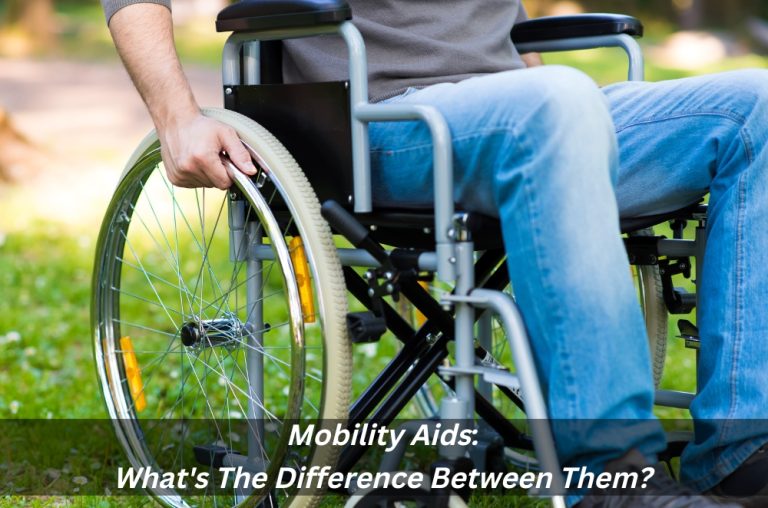Mobility aids help people get around without experiencing pain, discomfort, or fatigue. Many people don’t realize these fall prevention tools are out there until they experience a debilitating accident or injury. By wearing mobility aids, you can enjoy life without fear of falling down or the risk factor of hurting yourself.
There are several types of mobility aids, such as wheelchairs, walkers, crutches, prosthetic devices, and other similar living aids equipment. For some people, they are essential fall prevention strategies and tools that allow them to move around independently.
For others, they are a necessity, allowing them to get from place to place without struggling or having to ask someone else to assist them.
Some are designed for temporary use, whereas others are meant for life-long term use. There are also various brands within each category, which means that you may want to look into their features before purchasing.
Table of Contents
What are mobility aids?
Mobility aids are medical devices designed to assist patients in moving from place to place safely. These devices provide stability and support for individuals who have limited movement due to injury or illness.
They come in a variety of shapes and sizes and serve different purposes. They offer assistance to those who cannot physically move but require something to carry them around. They include wheelchairs, scooters, walkers, knee braces, canes, etc. Mobility aids should be used by anyone with an impairment that makes it difficult for them to move around on their own.
The best way to know if you need one is to talk to your doctor first. You might not even realize how much you’re using your hands and arms when walking, so there could be another problem causing the issue.
If you do feel like you need assistance, there are many options available and the right one will depend on what type of mobility you need. It’s important to know the differences between mobility aids because they all have a specific purpose.
Types of mobility aids
Wheelchairs
A wheelchair is a lightweight, low-profile chair designed primarily for the transportation of people who cannot walk. These are made to transport people in a seated position and provide stability during movement. This product is intended to give the user more control over body positioning than conventional walking sticks.
Walkers
A walker is a tool designed to make it easier to transfer weight from one leg to the other when standing. If a person needs the support of both legs to stand, then he/she should use a two-wheeled walker. These are commonly used by elderly adults and people recovering from injuries or surgeries.
Scooters
Scooters are vehicles that have two wheels connected at the front and back. They can either fold up or turn into a reclined position. These are used by individuals to reduce stress on the knees while walking.
Walking frames
Walking frames are small, portable pieces of furniture that have four wheels attached to form a frame. They help users maintain balance and make it easier to walk. They come in a number of designs and are helpful for individuals whose limitations prevent them from walking on their own.
Canes
A cane is a long pole with a handle at the top that is typically held in the hand. These are used to help individuals stabilize themselves while sitting down. They are typically used by people who are paralyzed on one side. Cane tips can vary greatly in size depending on the individual.
Fall prevention program
Falls prevention programs are aimed at reducing falls among older people in residential care facilities. These programs may include education on how to reduce the risk of falling in older adults, environmental modification, installation of grab bars on the floor and/or bed rails, and assessment of increased risk factors for falling.
A program of activities that promote health and wellness in the community. Examples include exercise programs or classes, strength training, nutrition counselling, smoking cessation programs, and physical activity with a professional physical therapist.
Independent living program
In independent living programs, individuals live in their own apartments and have access to community services like transportation, grocery stores, restaurants, banks, doctors’ offices, and pharmacies. They may be referred to as self-contained housing.
Assisted living program
People who choose assisted living are generally active seniors who are able to perform basic daily tasks and enjoy social interaction but still need help with more complex activities. Some examples include bathing, dressing, eating, grooming, toileting and medication administration. Assisted living provides 24-hour nursing care.
As a result, physical therapy and acupuncture will be an effective combination of treatments.
Tens unit for back pain is now commonly used for managing back pain.TENS units work by delivering low-voltage electrical impulses through electrodes placed on the skin near the area of pain. These electrical impulses help to disrupt or block pain signals from reaching the brain, providing temporary relief from discomfort.

